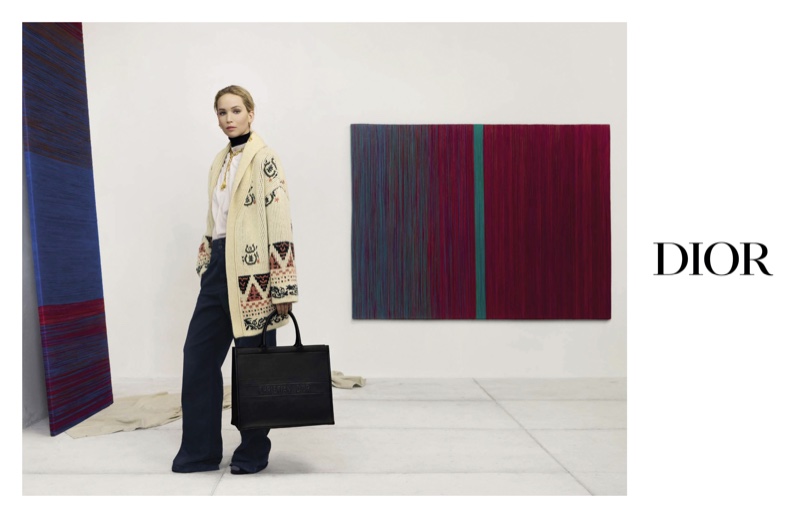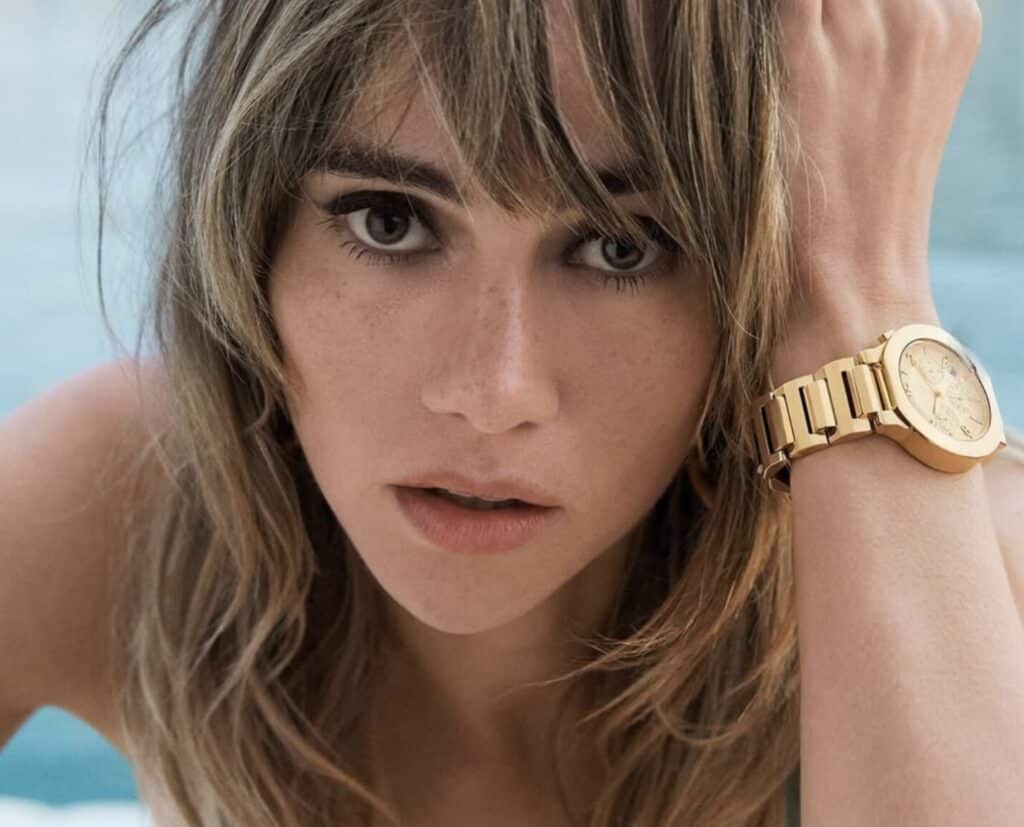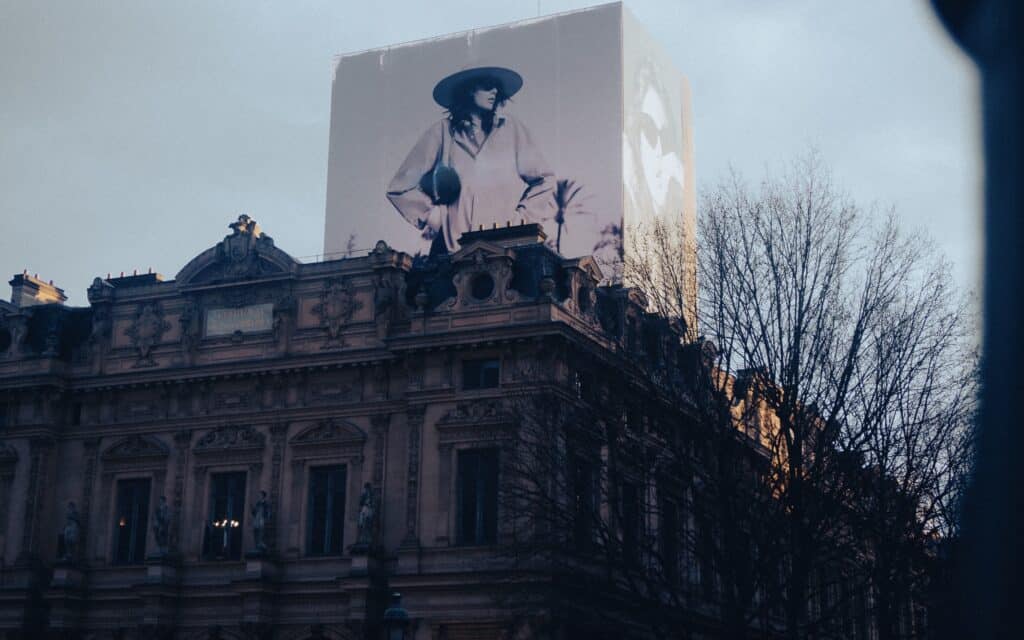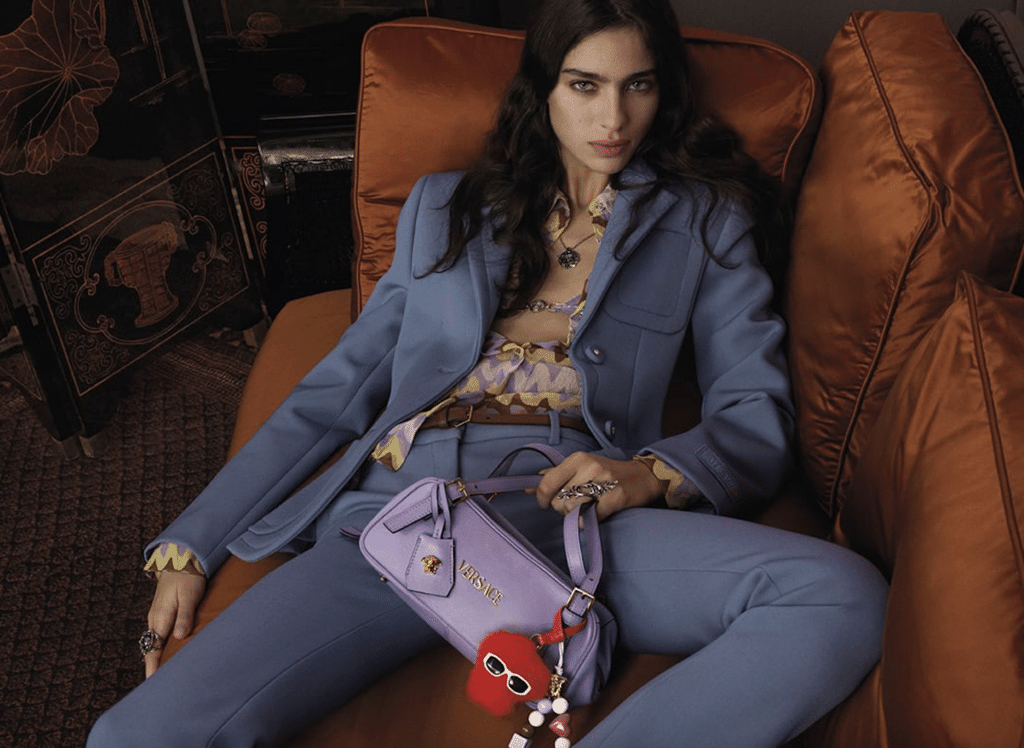Christian Dior has been mired in controversy since debuting a minute long video to promote its “Sauvage” fragrance. Against the sweeping background of red rocks in Utah’s Arches National Park and Potash Boneyard, actor Johnny Depp pulls out a guitar, while a Sioux warrior performs a “Fancy Dance” (i.e., a war dance). Almost immediately, the Paris-based couture house faced intense backlash over the advert promoting its $77-plus cologne. In fact, the backlash was so intense that Dior pulled the video from its social media accounts. The inevitably-expensive-to-make ad was live for mere hours before being wiped from the web.
The public relations backlash that followed from the ad campaign comes as Dior has been making headlines for something else entirely: its position among only 5 other brands in the fashion industry, all of which bring in more than €5 billion ($5.52 billion) in annual revenue. According to a recent report from Morgan Stanley, as of last year, Dior has “entered the realm of mega brands, becoming luxury’s sixth player to attain sales in excess of €5 billion, joining the ranks of Louis Vuitton, Chanel, Gucci, Cartier and Hermès.”
While Dior lags behind Chanel, for instance, which brings in 3 times greater profit, Morgan Stanley’s Edouard Aubin and Elena Mariani assert that they “see no structural reason for Dior’s profit contribution not to get close to that of Chanel’s today.” As for revenues, they expect Dior’s to grow by 18.7 percent this year, alone, to €6.3 billion ($6.96 billion), led largely by explosive growth in China and Dior’s ties to high-powered influencers, such as Angelababy.
The Morgan Stanley report states that both Dior and Chanel have managed to report double-digit growth in recent years, “not by increasing third-party distribution,” but instead, as a result of their ability to “build up desirability via massive communications spend,” including boosting the “frequency and magnitude” of their runway shows, sponsoring of exhibitions — and a whole lot of celebrity and influencer marketing efforts, including by way of steady seasonal gifting practices.
A particularly interesting excerpt from the report: the estimated 35 percent of Dior’s sales that are derived exclusively from cosmetics, compared to the slightly higher 38 percent of revenues in 2018 for Chanel that came from the sale of cosmetics. The report did not set out what percentage of the brands’ sales came from handbags and other leather goods, or from clothing, the latter of which is generally found to contribute very little to luxury brands’ bottom lines. In fact, as Bloomberg reported a couple of years ago, for Dior’s sister brand Louis Vuitton, which is similarly owned by Paris-based conglomerate LVMH, “producing collections and staging ever more glamorous shows tends to wipe out profit for pricey clothing.”
LVMH does not break out revenues for each individual brand that falls under its ownership umbrella, such as Louis Vuitton, Dior, Fendi, Givenchy, Loewe, and Marc Jacobs, just to name a few brands, it reported that for 2018, as a whole, its combined Fashion & Leather Goods division accounted for nearly 40 percent of its total $53.5 billion in annual revenue. Despite refusing to break out figures by individual brand, it’s understood that Louis Vuitton is its top-grossing fashion company.
As for Chanel, which only began releasing revenue reports in June 2018 in furtherance of an effort to cut down on what its CEO Philippe Blondiaux called “the circulation of false or misleading information” about Chanel’s financials and position on the luxury totem pole, it brought in $11.12 billion in sales in ready-to-wear, accessories, and cosmetics in 2018, up 10.5 percent from the year prior. That figure is significant, the New York Times’ Elizabeth Paton reported in 2018, as it means that Chanel just might be “the largest single fashion brand by sales” in the world, “outpacing rivals like Louis Vuitton and Gucci.”














